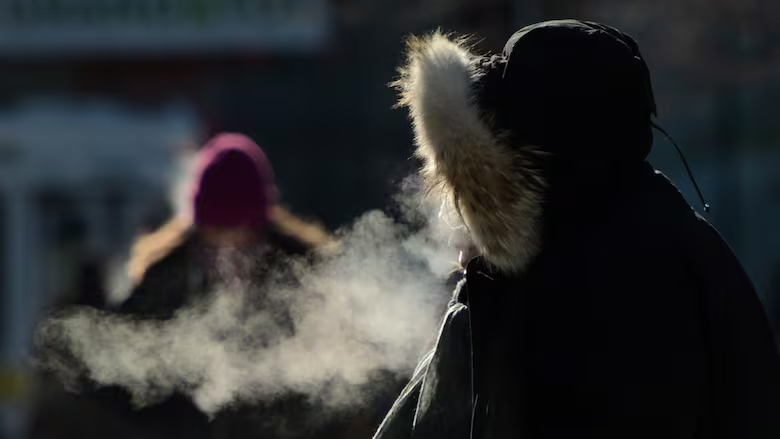What you need to know to stay safe and warm
Nova Scotia is under a special weather statement from Environment Canada

It's going to be a cold few days in Nova Scotia, with temperatures that are expected to feel like –30 C. Here are a few things to keep in mind so you stay warm.
Don't let pipes freeze
Trevor Wheatley, a plumber in the Halifax area for more than three decades, is advising people to pay a little upfront if you want to save on an expensive plumbing bill.
The best way to make sure your pipes don't freeze in extreme cold weather is to keep your home warm, he said.
"You're better off to buy some oil and keep nice and toasty warm as opposed to running around with sweaters on trying to save a couple dollars and then have frozen pipes," said Wheatley, who owns Trevor Wheatley Plumbing and Heating.
He said one of the biggest culprits of busted pipes this time of year is an over-reliance on heat pumps. If a heat pump is on, the main hot water heating system may not kick in and could be susceptible to freezing, he said.
Wheatley suggests turning the heat pump off if the temperature is –8 C or below.
Wheatley said if you're planning to be away, turn your water off and have a friend or neighbour check in on your property at least once a day.
Keep pets inside
The Nova Scotia SPCA is advising people to keep their pets inside. The organization said in a Facebook post Wednesday that it's already overrun with calls of pets outside in the cold weather.
"Due to the number of calls we are receiving, it may help to contact your local police if you see a pet outdoors to quicken response time," read the statement. "Any police agency can enforce the animal protection act the same as our officers."
Be prepared on the roads
Cold weather can be especially hard on your vehicle, so CAA recommends making sure your battery is in good shape and your lights work.
Watch the weather before you head out on the road, wear warm clothing that isn't too restricting and bring a winter survival kit in case you get stuck.
If you find yourself off the road during a storm, don't try to shovel your vehicle out in the bitter cold. It's best to wait inside your vehicle so you have shelter.
Recognize frostbite
The Canadian Red Cross has tips on its website for staying safe during extremely cold weather, including recognizing the signs of frostbite and hypothermia.
When it feels like –28 C to –30 C with the wind chill, there's an increased risk to exposed skin, the organization said. Skin can freeze in 10 to 30 minutes.
If you need to be outside, the Red Cross suggests dressing in layers with an outer layer that is wind-resistant, keeping your face, neck and hands covered and staying active.